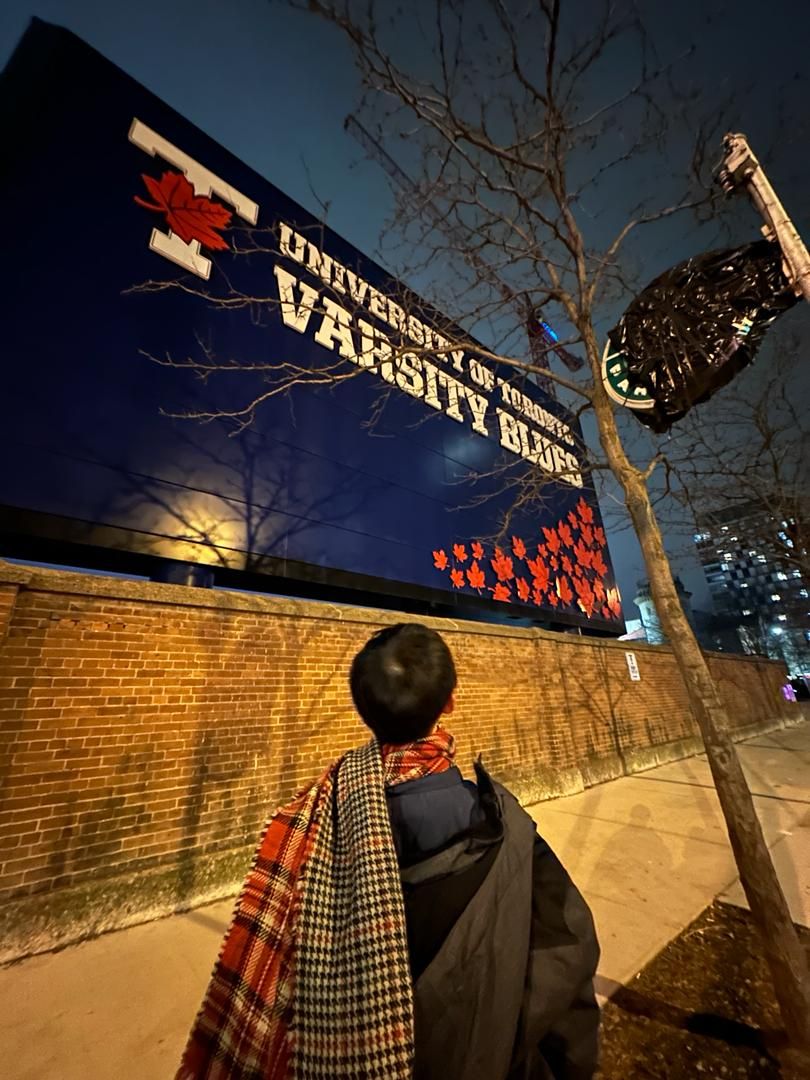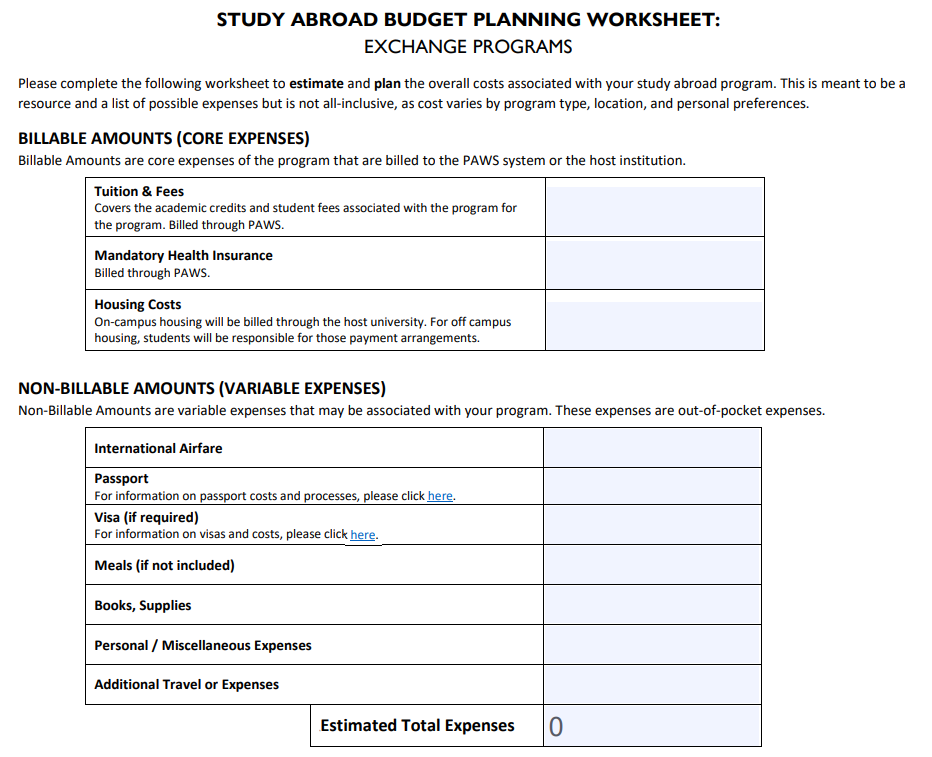How to Win Student Exchange Spots (and Scholarships)
20 Sept 2025 • Exchange • Scholarships • Students • How-To
Was this helpful?
The most important key to exchange is saying YES to yourself and starting EARLY.
I extended my academic year for the exchange program, and it is still one of the best decisions I ever made.
🌍 Common Types of Exchanges
Semester Exchange
Spend a semester (or more) abroad at a partner university. Explore new academic systems and build cross-cultural friendships.
Internship Exchange
Gain hands-on professional experience in an international setting. Learn how industries operate globally while boosting your career.
Short-Term Programs
Join summer schools, cultural immersions, or research projects that last a few weeks to a couple of months — a quick global experience.

Your Preparation Timeline
-
1
1 Year Before
Map your exchange goals + shortlist the country & 3–5 schools.
Outcome: Find the best fit (language, modules, calendar, cost).
-
2
11 Months
Draft 1-page pitch, CV, and essay skeletons (for scholarships).
Outcome: Ask yourself, why should they pick you?
-
3
10 Months
Seek funding opportunities (Uni/Gov/Foundation).
Outcome: Apply to scholarships — Google is your best friend!
-
4
9 Months
Get recommendations from faculty (academic advisor) + review with the International Office.
Outcome: Sign credit transfer letters & submit applications.
-
5
6–8 Months
Submit exchange application (batch).
Outcome: Applications in.
-
6
3–4 Months
Visas, insurance, housing; confirm transfers.
Outcome: Ready to fly ✈️
Where to Find Programs & Funding
🎓 Your University Mobility Office
- USM Global Engagement (IMCC)
- Partner lists (Korea, Japan, Europe)
- Fee waivers (AIMS, ASEAN mobility)
- Internal grants (USM Mobility Grant etc.)
🏫 Host Universities (Examples)
- Seoul National University
- KAIST (STEM exchange)
- Yonsei University
🏛️ Governments & Agencies
- Global Korea Scholarship (GKS) (for Malaysians)
- MOHE Mobility Grants
- AIMS Programme (ASEAN International Mobility for Students)
📝 Build Your 1-Page Pitch
Readers skim. Hand them a clean one-pager that answers: why you, why this school, and what impact.
👤 Profile
2–3 lines: program, year, current focus.
🎯 Why this exchange
1–2 specific modules, labs, or centres you’ll join.
🏆 Track record
2–3 mini wins: projects, leadership, or community work.
🌍 Impact plan
What you’ll bring back — workshop, playbook, dataset, collaboration.
💡 Essay Formula (STAR, tightened)
Situation → Task → Action (2–3 concrete moves with numbers) → Result (outcome + learning + link to this exchange).
Funding Opportunities: How to pay for it?
Don’t rely on a single scholarship application. Take more initiative to ask. (Don't be shy!)
Mobility grants, travel allowances, hardship funds.
Tuition waivers, dorm subsidies, meal plans.
National/regional mobility or merit awards.
Field-specific (STEM, social impact, etc.).
Light RA/TA roles or pre-saved funds.

Recommendations that help (and how to ask)
- Pick referees who saw your work (not just attendance).
- Give them your one-pager, CV, and bullet points they can reuse.
Email template — asking for a recommendation
Subject: Reference request for Student Exchange (due 12 Oct)
Hello Dr. Tan,
I’m applying for the Spring exchange at [Host Uni] to take [Module A] and [Module B].
Could I kindly request a short reference? Deadline is 12 Oct.
Attached:
• 1-page pitch (why this exchange)
• CV (1 page)
• Draft bullet points (happy for you to edit freely)
Thank you — I really appreciated your course on [X], and I’m hoping to extend that work in [Host Lab].
Best,
Jeremy
Application Checklist
Final note: You don’t need to be the “perfect” student. You need a clear plan, proof you can follow through, and a budget that adds up.